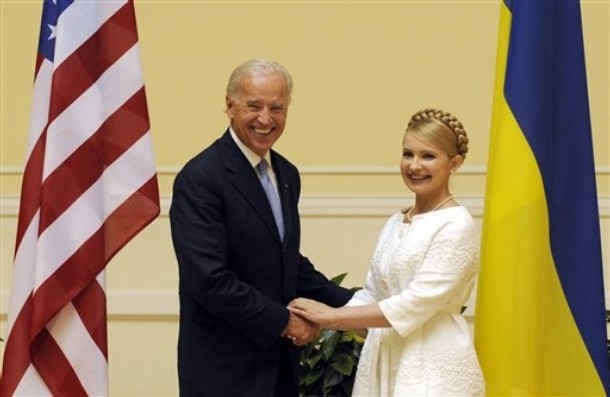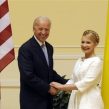
Open Letter Appeal Timed to Washington’s Policy Process
Publication: Eurasia Daily Monitor Volume: 6 Issue: 141
By:

The open letter to the Obama administration (EDM, July 22) carries the signatures of 22 personalities including former heads of state and prime ministers, other statesmen and policymakers from Central-Eastern European countries. Made public on July 16, the letter draws on a concept paper issued three days previously by the German Marshall Fund of the United States (GMF). Some of the signatories -including Lech Walesa and Vaclav Havel- are emblematic of the region’s democratic liberation (An Open Letter to the Obama Administration from Central and Eastern Europe, July 16; GMF Policy Brief, Why the Obama Administration Should Not Take Central and Eastern Europe for Granted, July 13).
Overall, the document reflects growing concerns that the United States has been drifting apart strategically from Central-Eastern Europe (and from Europe generally); and that this trend might continue under the pressure of Washington’s policy priorities, inherited by the new administration.
The political appeal and the document itself had been ripening for some time in response to the strategic trends. But the actual timing of its publication had to await the completion of Washington’s transition to a new administration, the primary target audience of this appeal. Moreover, perhaps fortuitously, the document can be seen as a comment on President Barack Obama’s July 6-7 Moscow visit, which focused on "resetting" relations in the hope of securing Russian "help" on Afghanistan, Iran, and other declared top policy priorities. And it probably also seeks to shape the U.S. policy debate and decisions expected to follow from Vice-President Joseph Biden’s ongoing visit to Ukraine and Georgia.
The open letter has been variously assessed as a "public expression of mistrust" on the part of "allies of the United States displaying their anxieties about being sold out to Russia by the country they regard as the guarantor of their independence" (New York Times, July 22); or, alternatively, "not as a rebuke, but as encouragement" to the United States to strengthen its relations with this part of Europe and through it also with the NATO alliance (Washington Post, July 19). Either way, the letter reflects concerns in the region that U.S. influence and attention have been waning while Russia’s are on the rise.
Those preoccupations also form the theme of "U.S.-Central European Relations in the Age of Obama," a collection of country-by-country analytical reports from the region, released by the Washington Center for European Policy Analysis (CEPA) on July 15. There, experts from ten countries in Central-Eastern Europe recommend that the United States bolster NATO and other regional and bilateral ties; and that it not bypass these countries’ interests as it works to "reset" its relations with Russia (CEPA, Report no. 22, "U.S.-Central Europe Relations in the Age of Obama," Washington, July).
Both Obama and Biden during their visits explicitly ruled out any sphere-of-influence trade-offs, and declared their support for countries’ rights to secure their borders, independent foreign policies, and choice of alliances. Earlier, Biden had also supported those principles in his February 2009 Munich speech that will chiefly be remembered for launching the U.S. "reset" policy toward Russia.
Despite multiple U.S. reassurances to Central-Eastern Europe and its neighbors further east, however, apprehensions about another "Yalta" are now beginning to resurface there. For the first time since former President George W. Bush’s 2001 "no more Yalta’s" pledge (which accompanied NATO’s eastward enlargement), Yalta re-emerges as a cautionary note in the appeal to the Obama administration from the 22 personalities in the region. Such apprehensions are almost certainly irrational and the Yalta model unrepeatable. Countries on NATO’s and the E.U.’s eastern flank may, however, recede to a secondary level of U.S. policy priorities while an overextended United States seeks Russian support in other theaters. That process can potentially invite trade-offs, not in terms of spheres of influence, but rather in terms of prioritizing issues and interests, if Europe’s East is consigned to a back burner of U.S. strategy.
U.S. influence in NATO, the E.U, and in Europe generally would decline, if U.S. policies allow however inadvertently, an increase in Russian influence over the South Caucasus and Central-Eastern Europe. The challenge to the new U.S. administration consists of reinforcing that region’s Atlanticist orientation and its strategic alignment with the United States.




